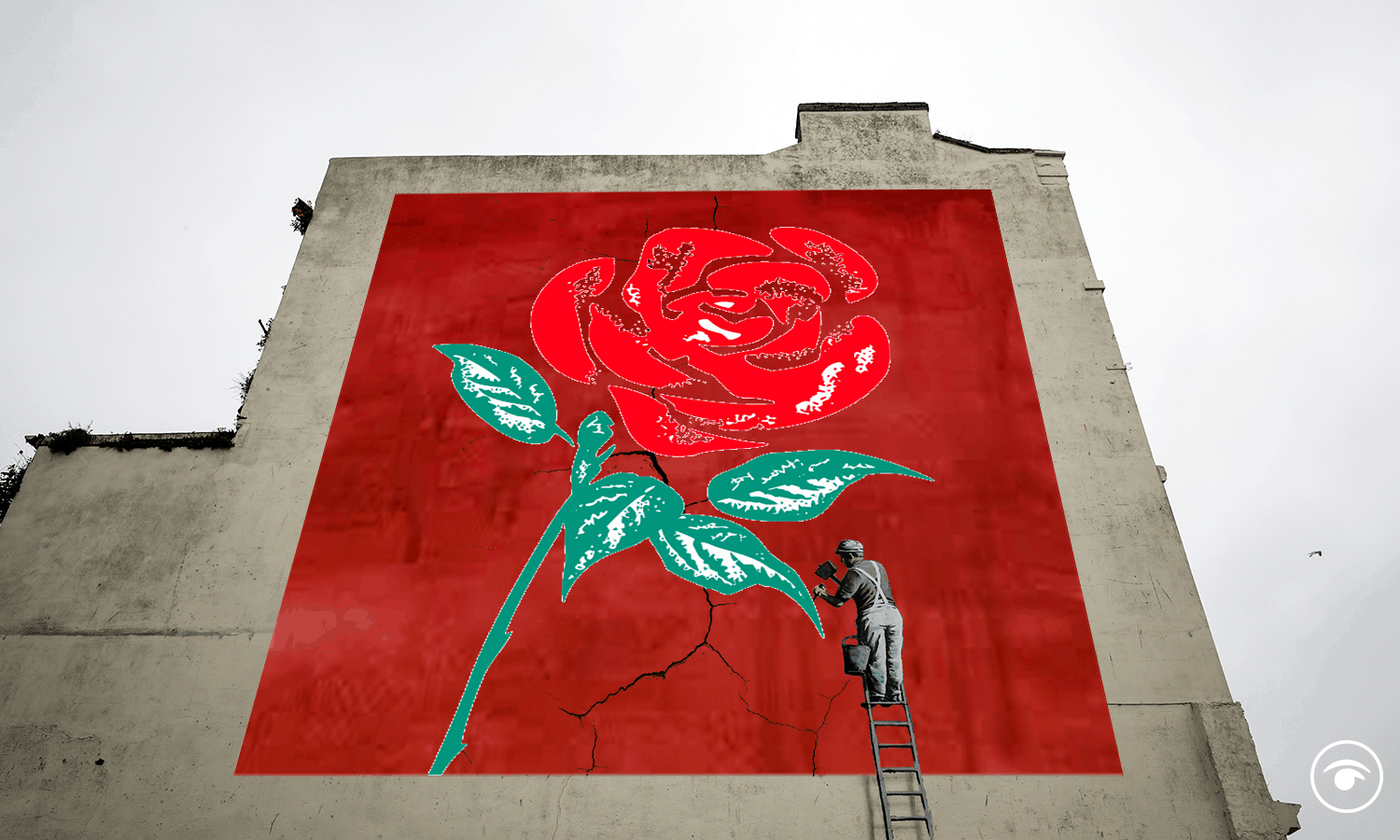
For as long as the Labour Party has existed its core support has always clustered around a smattering of fortress constituencies in the North and the Midlands.
It is one of those electoral curiosities that even in a landslide Labour win most of Britain is bathed in blue with only slithers of red. The same phenomenon exists in Italy, where a ‘Red Belt’ exists in the Emilia-Romagna region, and in the US, where ‘Rust Belt’ cities once accounted for the lion’s share of Democrat support.
But winds of change have uprooted traditional party allegiances in these areas, in many cases turning them on their head. In 2016, Donald Trump took old Democrat seats in the industrial heartlands by promising to ‘make them great again’, while Matteo Salvini and his right-wing populist Lega Nord party sent tremors through Italy’s political system by becoming the largest party in the 2019 European Parliament election.
In the UK, the Red Wall had long been falling to nationalist parties before the Conservatives swept them up in 2019 on a far-right card not dissimilar to that of the former US president. As far back as 2014 political scientists Matthew Goodwin and Robert Ford had been documenting the erosion by UKIP of the Labour-supporting working-class vote in their book, Revolt on the Right. At the time they were unsure whether the shift constituted a quixotic project to transform UK politics or a catalyst for partisan realignment in Britain. Needless to say, the proceeding seven years have evidenced the enduring nature of the phenomenon.
Which has left the Labour Party with a simple question; How does it win back the Red Wall?
The initial moves seemed to have come via the sincerest form of flattery, imitation, as they push the party’s patriotic credentials and, as Noam Chomsky put it, turn Labour into a ‘junior partner of the Tories’. The result was that, instead of just shedding support among traditional Labour voters, the party lost support among both Labour and Tory voters in a depressingly predictable self-own. They’re now trying to play at personality politics to get people back on side, but given that Sir Keir Starmer is half robot and half human that could also be destined to not bear fruit.
But what if Labour’s Red Wall isn’t in the North and the Midlands at all but actually somewhere entirely different? What if their core support now exists outside of the anti-EU hotspots in pro-European places which favour progressive, modern politics that are not wrapped up in populist hysteria?
A quick glance at the local elections would suggest that it is in those places that the party is really winning support. London, for example, kept its Labour mayor, while Manchester re-elected Andy Burnham with a landslide victory and Salford, West Yorkshire and Bristol followed suit. To a lesser extent Batley and Spen was a reflection of how that could pan out on a national level. Juxtaposed to Hartlepool the differences in voter priorities were stark.
Of course, abandoning old Red Wall seats would be a recipe for disaster for Labour, but building from the ground up in places that a truly on board with the movement could set it apart at the ballot box. Less imitation, more imagination.